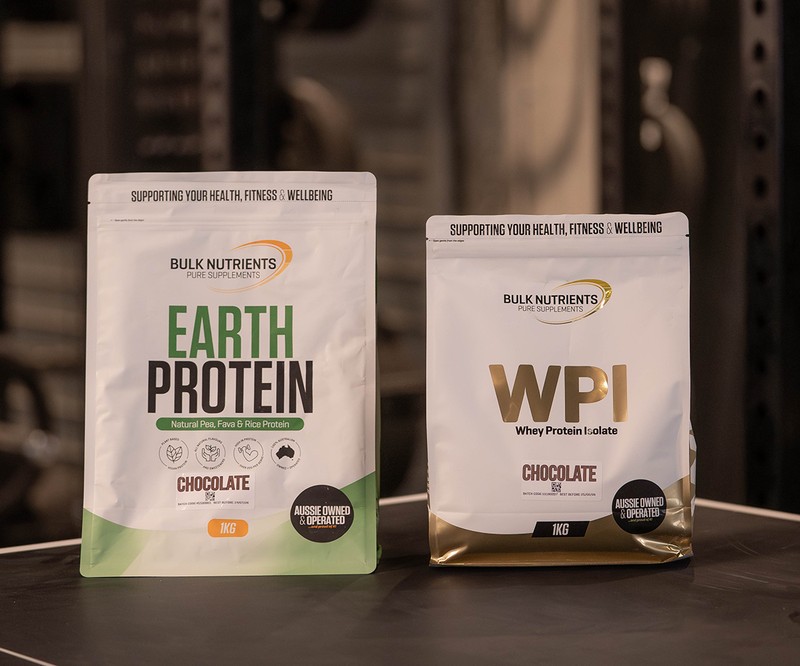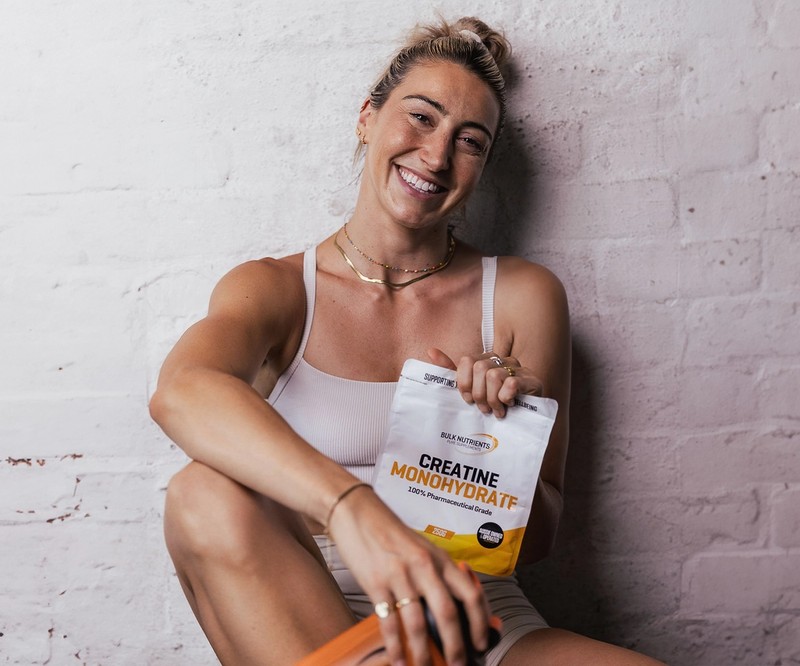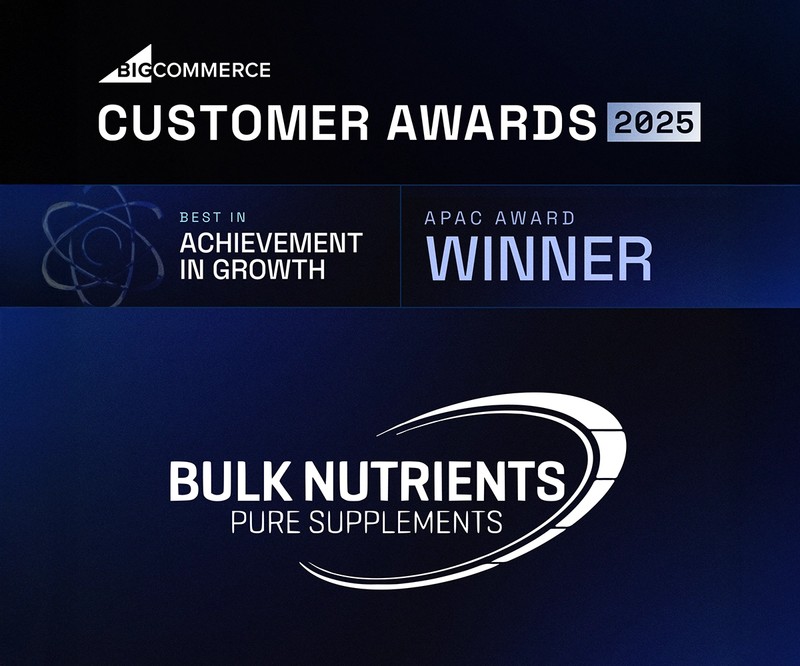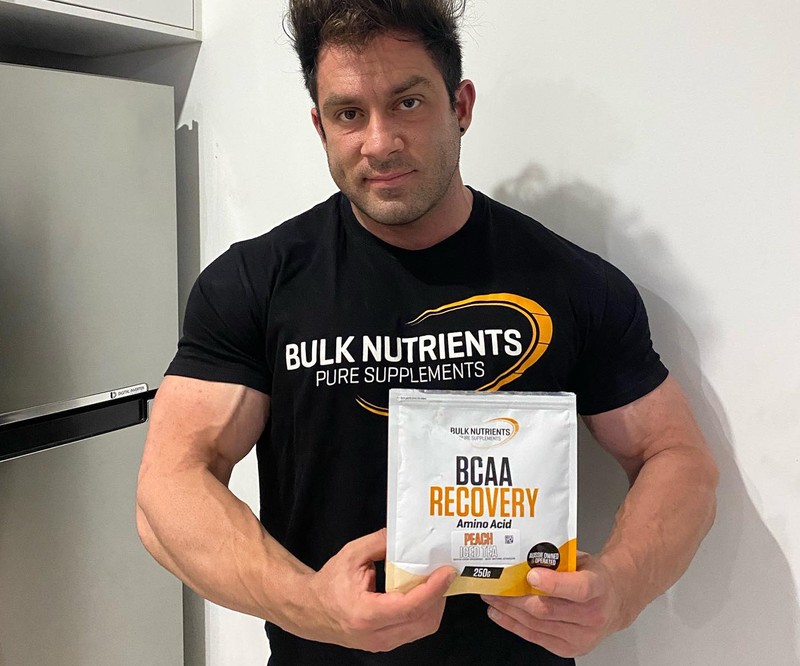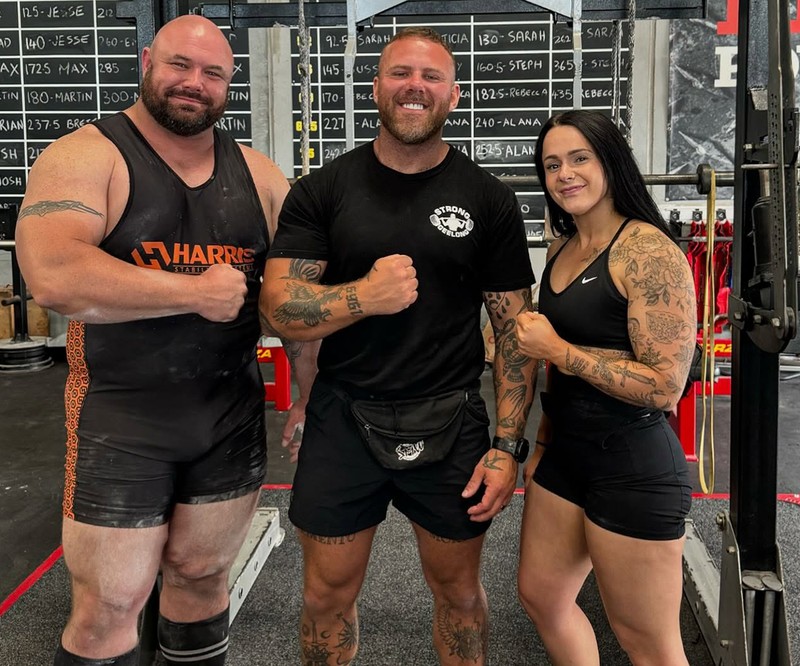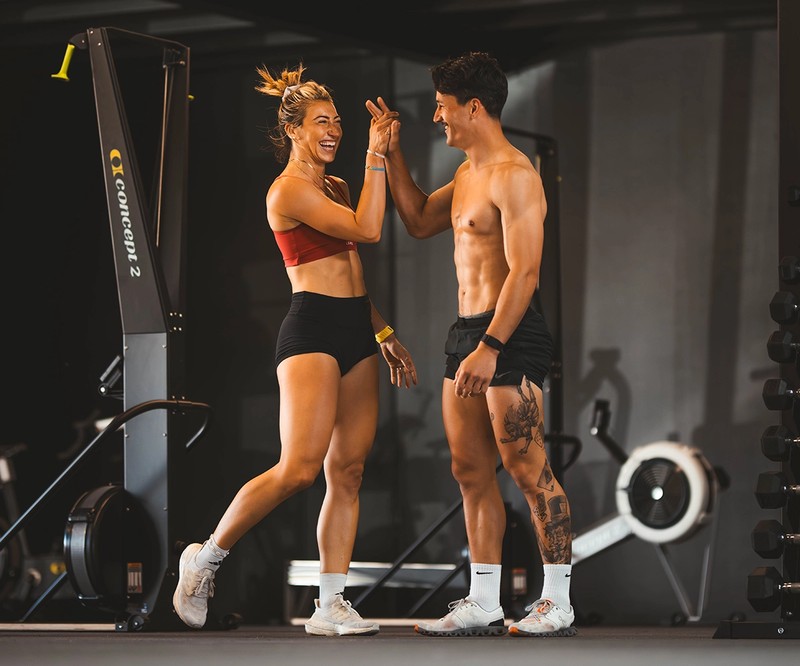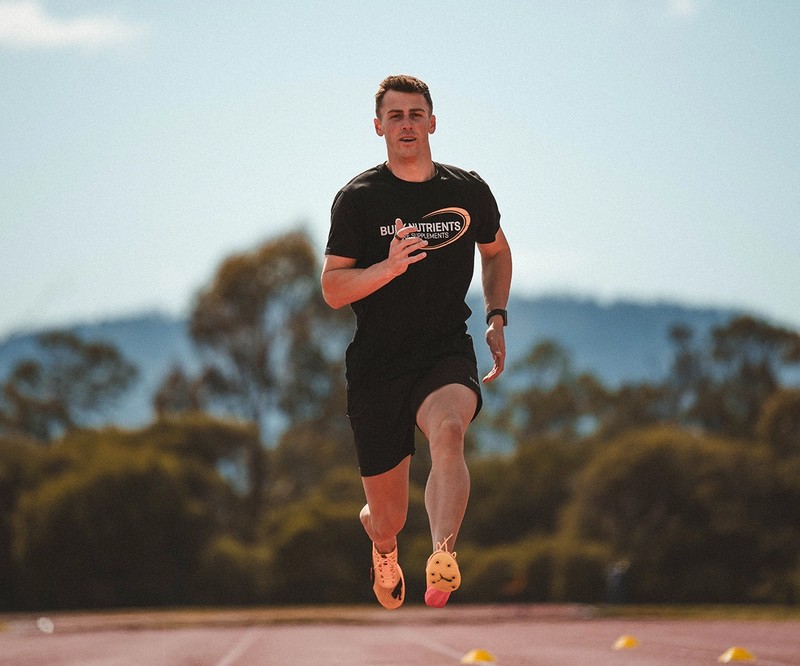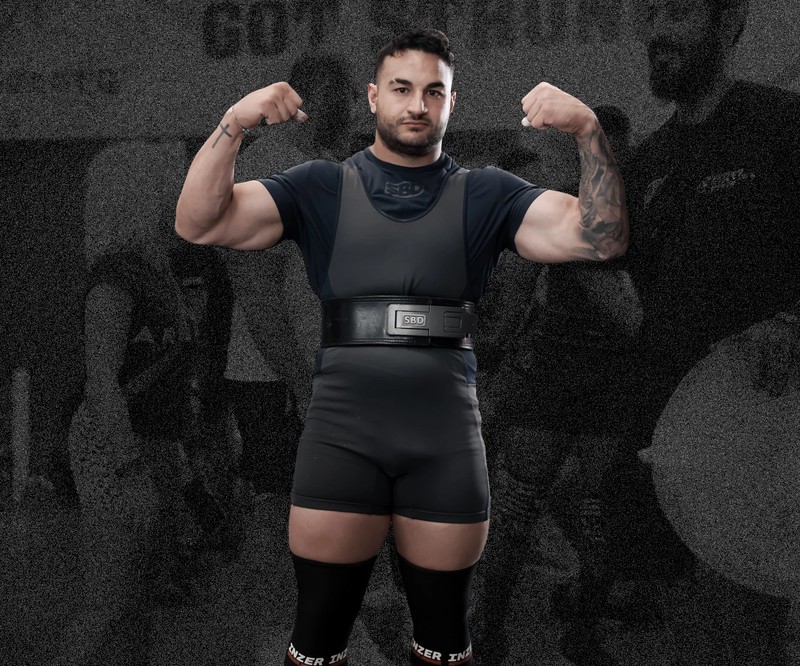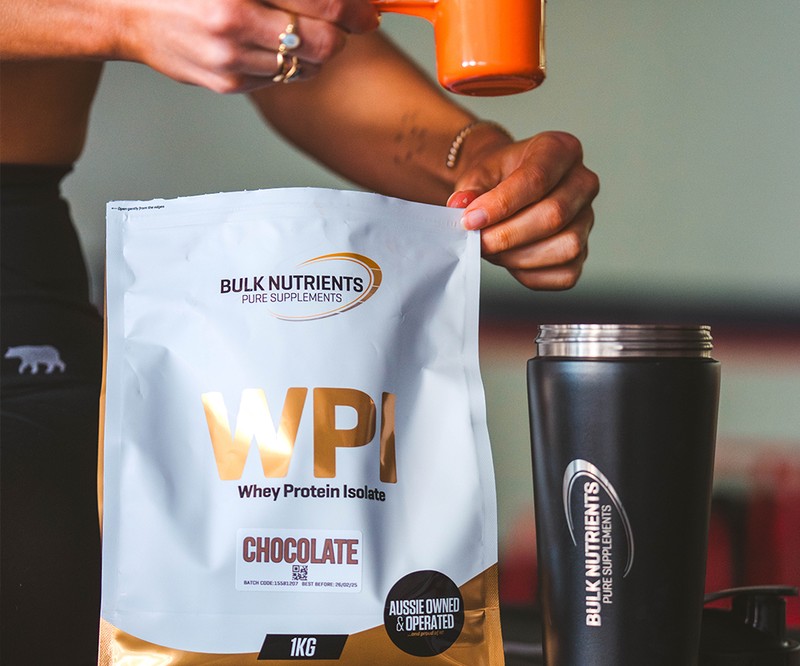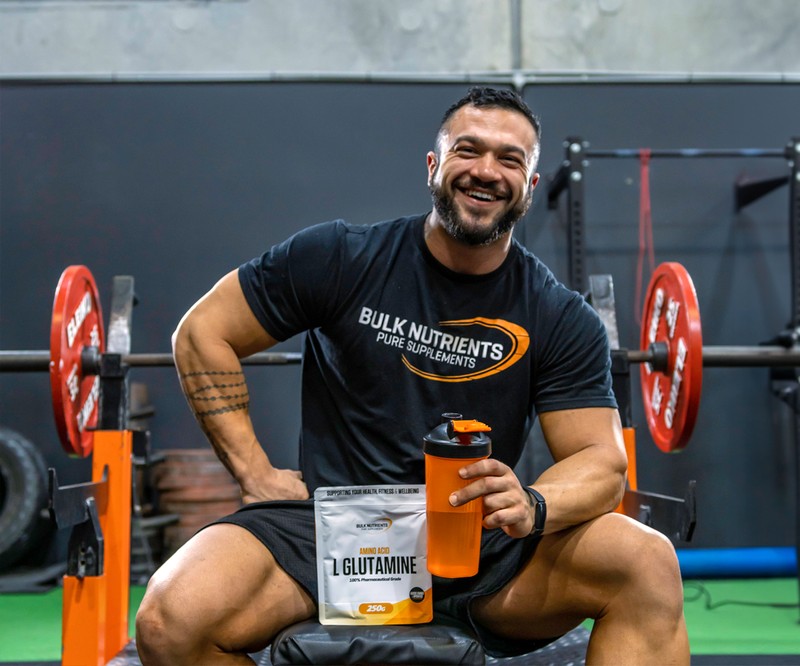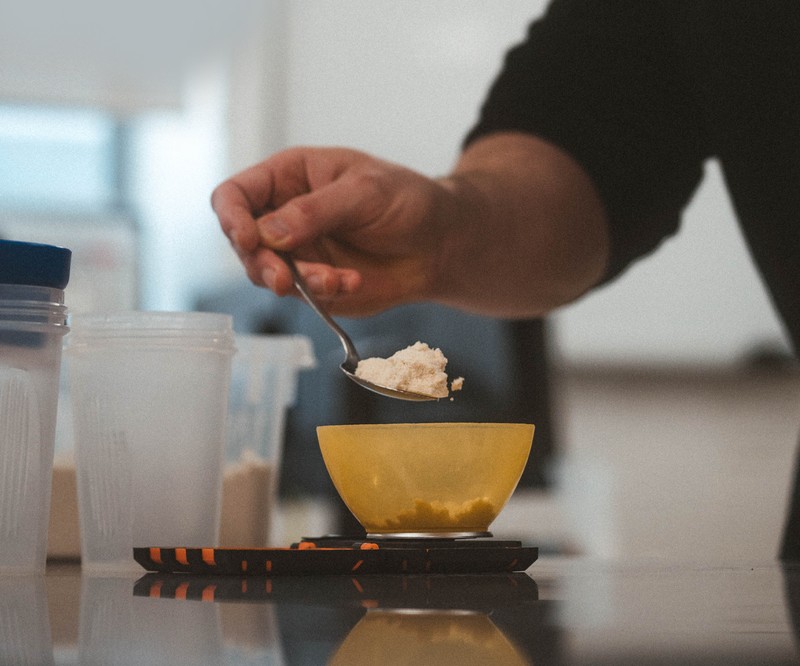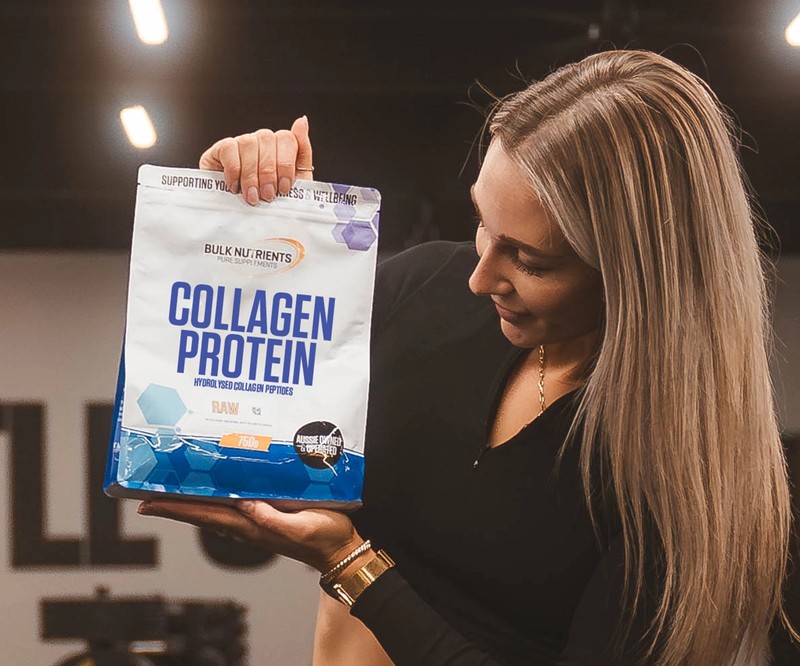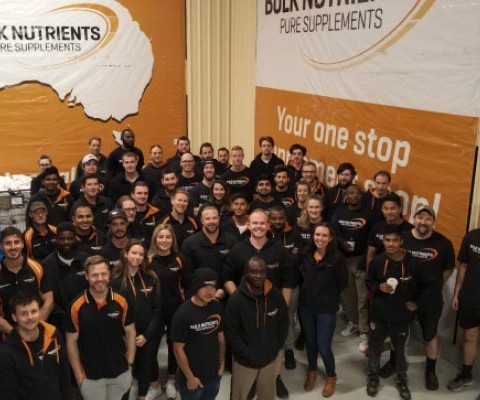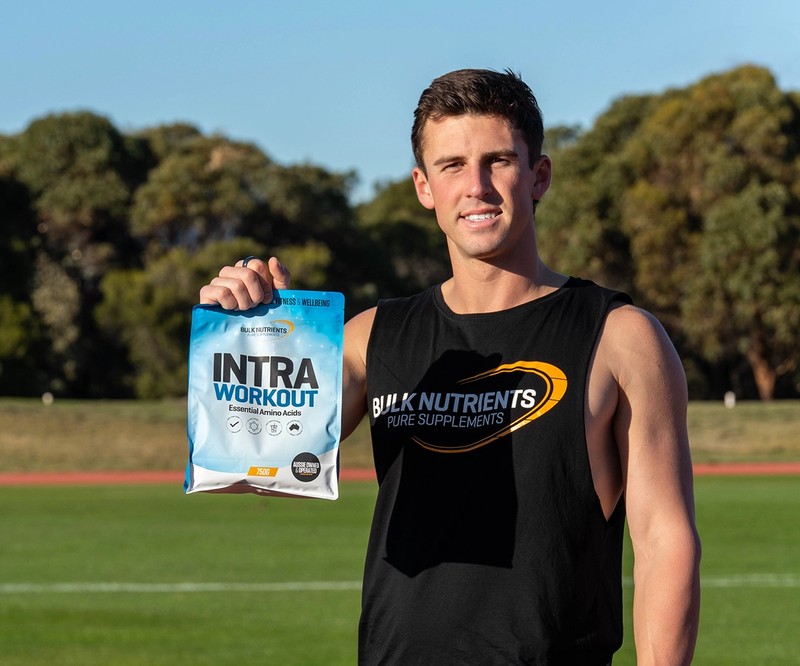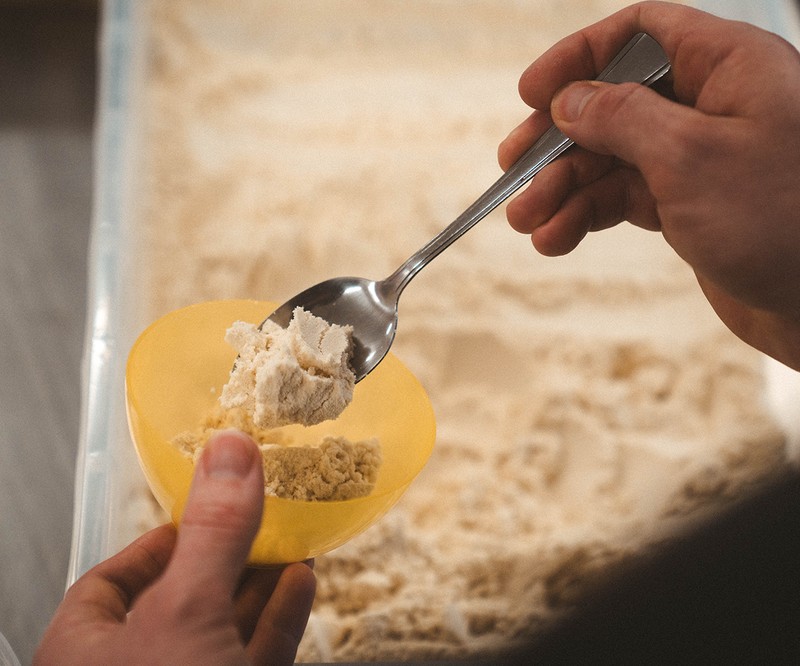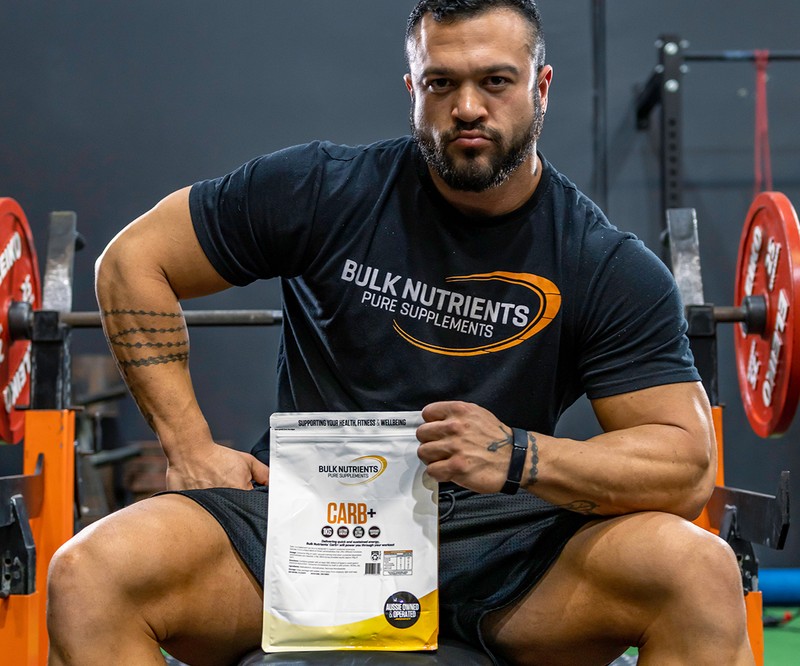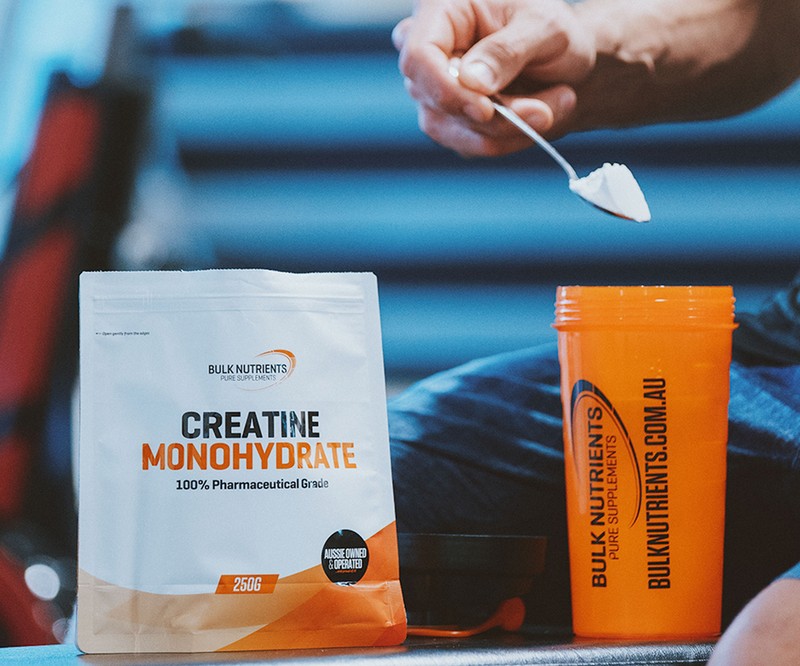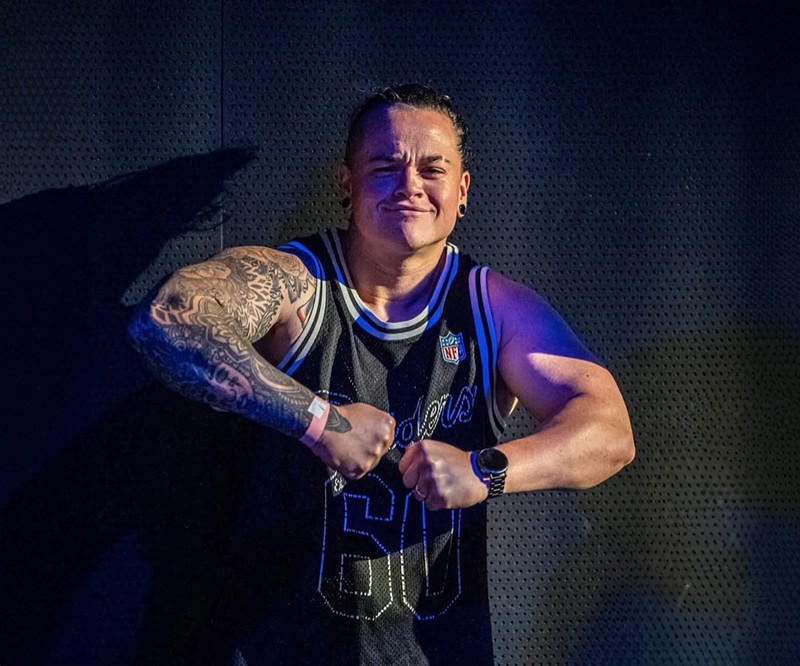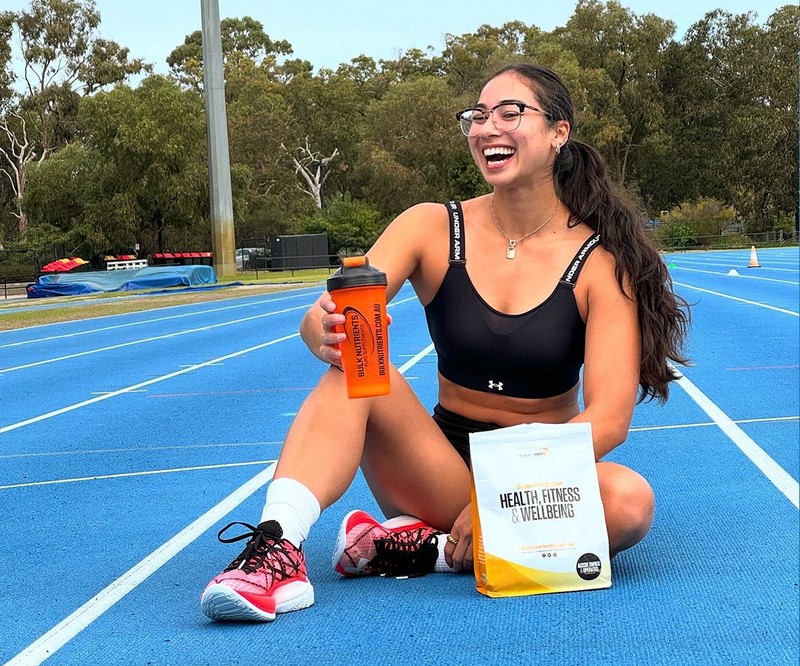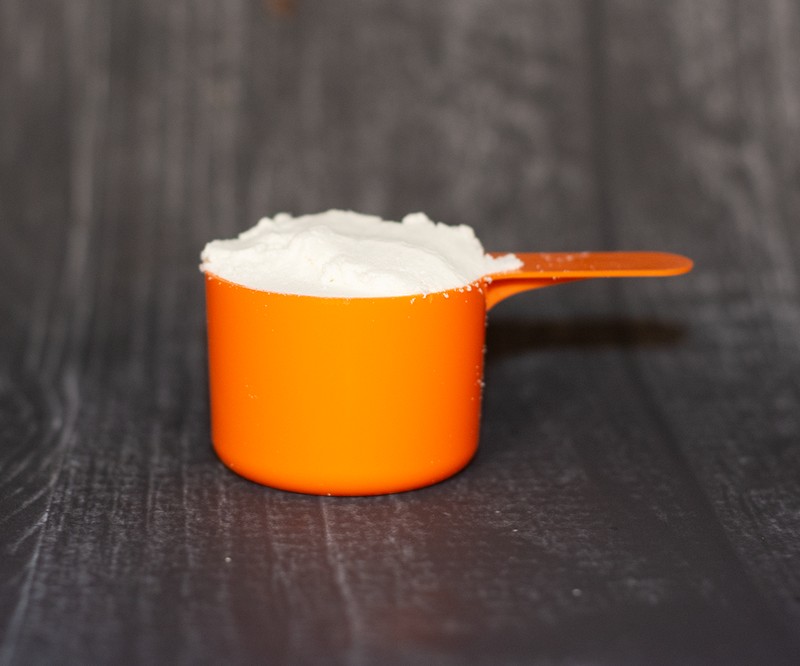The Best Workout Splits for Women
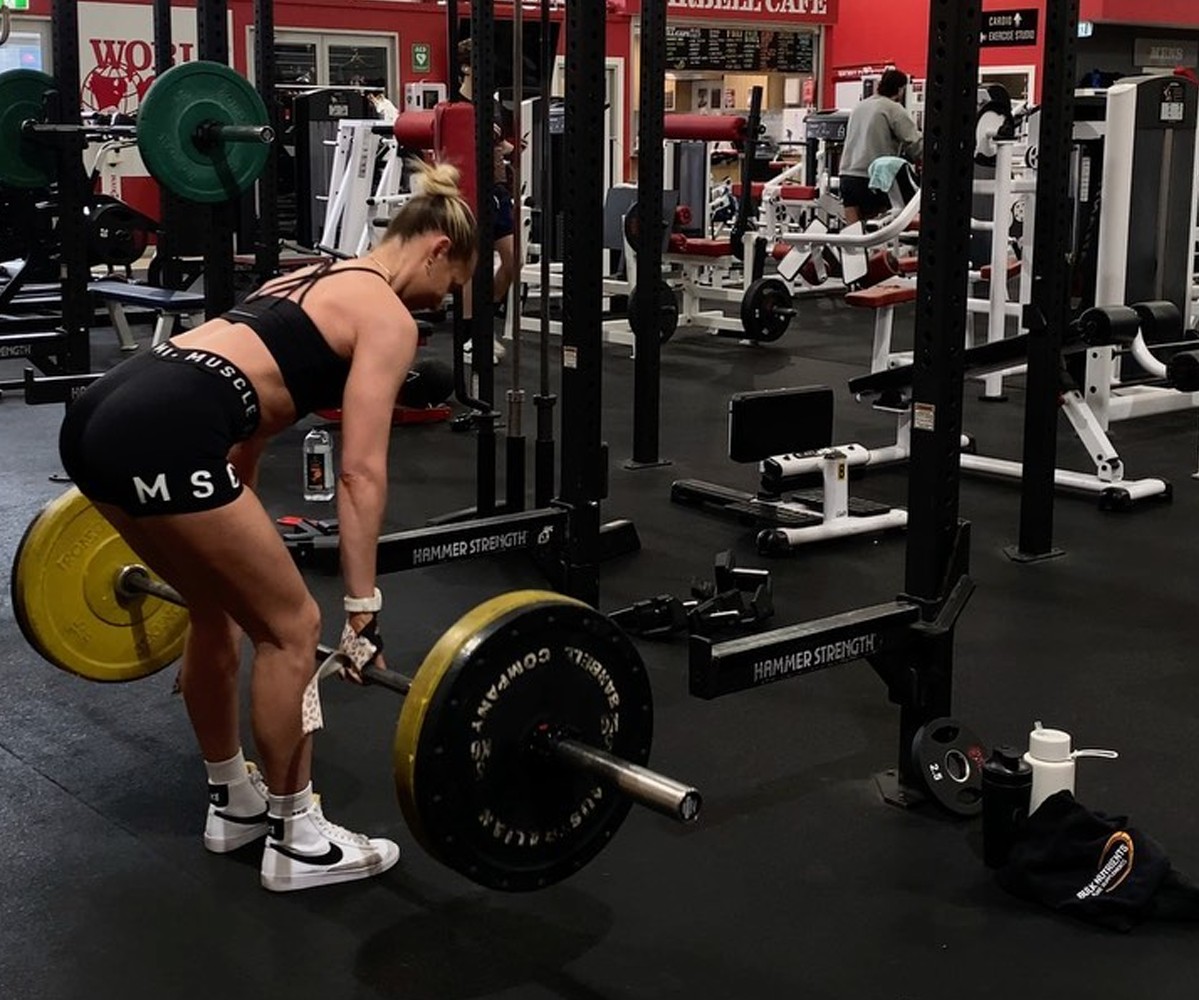
The best way for women to train for muscle growth
Historically, most men have trained as per the traditional workout split that's been popular for decades:
- Monday: Chest
- Tuesday: Back
- Wednesday: Legs
- Thursday: Off
- Friday: Shoulders
- Saturday: Arms (biceps and triceps)
- Sunday: Off
For the average male looking to grow muscle mass, they will receive some great muscle gains from this.
But if you're a woman looking to maximise glute and leg growth, it's not a recipe for success.
This is because you need to train your glutes and legs at a higher frequency. But how much is that without overtraining?
Research states muscle protein synthesis levels (your body using protein to build and repair muscle) return to normal after 36 hours.
This means a particular muscle group is ready to be trained again!
Therefore, you're better off training glutes on a Monday and Wednesday again when they're fully recovered, as opposed to once per week as seen in the traditional muscle growth workout split.
Further research (a meta-analysis reviewing 24 studies) in Australia found that women should train their quads, hamstrings, glutes, and calves two to four days per week.
Other research finds that women actually recover their strength faster than men after a taxing workout, meaning they're able to jump back in and train the same muscle group again.
As we've discussed before together in our blog "How many sets per workout for optimal muscle growth?", research recommends 10-20 sets for maximal muscle growth for large body parts.
So, it makes sense to be spreading your training out over a number of days, whereby it could look like the following for your legs and glutes:
- Monday: Legs and Glutes
- Tuesday: Shoulders, and Arms
- Wednesday: Legs and Calves
- Thursday: Chest and Back
- Friday: Off
- Saturday: Legs and Glutes
- Sunday: Rest
The key thing to remember when choosing your weekly workout plan is how it fits in with your lifestyle.
There's no point choosing something that's going to be very difficult to keep doing!

The other option given all of this information is to try full-body workouts. This would look like the below:
- Monday: Full Body
- Tuesday: Rest
- Wednesday: Full Body
- Thursday: Rest
- Friday: Full Body
- Saturday: Rest
- Sunday: Rest
This involves heavy compound movements like bench pressing, deadlifting, lunging, cable rowing, lat pulldowns, with really two isolation exercises: seated hamstring curls, and dumbbell skull overs for the triceps.
And seated hamstring curls might be better than lying hamstring curls, as research shows the more a muscle is stretched when lifting, the better it is for growth. And when we bend our hips (ie, when we're seated) it allows for our hamstrings to be stretched more and thus worked in a greater range of motion.
Specifically, this full-body workout plan could look like this:
- Day 1:
- Squats (4 x 8-10 reps)
- Bench press (3 x 8-10 reps)
- Romanian deadlift (3 x 10 reps)
- Dumbbell rows (3 x 10 reps)
- Day 2:
- Kettlebell lunges (3 x 8-10 reps)
- Dumbbell bench press (3 x 8-10 reps)
- Seated hamstring curls (3 x 8-10 reps)
- Lat pulldown (wide grip) (3 x 8-10 reps)
- Day 3:
- Squats (3 x 8-10 reps)
- Conventional barbell deadlift (3 x 8-10 reps)
- Seated cable rows (3 x 8-10 reps)
- Dumbbell Skull overs (3 x 8-10 reps)

What's surprising is how most people in the gym aren't aware of this information; you don't have to wait another week before training that body part again!
This information can also be used to your advantage in a slightly different way; if you feel you have a lagging body part, you can design your own program to ensure you train it multiple times a week and ensure it gets more volume than other muscle groups.
This is a common approach by personal trainers and/or bodybuilders who train themselves to ensure symmetry and proportion.
The bottom line is that women tend to want to focus more on their glutes, hamstrings, quads and calves than men. Women (and men) can train a muscle group again after 36 hours when muscle protein synthesis levels return to normal, and we're adequately recovered.
This means a traditional workout split of one muscle group per day (and per week) isn't the best strategy; research declares women should train their quads, hamstrings, glutes, and calves two to four days per week.
This can be done with upper-body and lower-body workout splits, or full-body workouts three times per week.
Choose the best program for your lifestyle!
References:
- Hagstrom AD, Marshall PW, Halaki M, Hackett DA. The Effect of Resistance Training in Women on Dynamic Strength and Muscular Hypertrophy: A Systematic Review with Meta-analysis. Sports Med. 2020 Jun;50(6):1075-1093. doi: 10.1007/s40279-019-01247-x. PMID: 31820374.
- Judge LW, Burke JR. The effect of recovery time on strength performance following a high-intensity bench press workout in males and females. Int J Sports Physiol Perform. 2010 Jun;5(2):184-96. doi: 10.1123/ijspp.5.2.184. PMID: 20625191.
- MacDougall JD, Gibala MJ, Tarnopolsky MA, MacDonald JR, Interisano SA, Yarasheski KE. The time course for elevated muscle protein synthesis following heavy resistance exercise. Can J Appl Physiol. 1995 Dec;20(4):480-6. doi: 10.1139/h95-038. PMID: 8563679.
- Maeo S, Huang M, Wu Y, Sakurai H, Kusagawa Y, Sugiyama T, Kanehisa H, Isaka T. Greater Hamstrings Muscle Hypertrophy but Similar Damage Protection after Training at Long versus Short Muscle Lengths. Med Sci Sports Exerc. 2021 Apr 1;53(4):825-837. doi: 10.1249/MSS.0000000000002523. PMID: 33009197; PMCID: PMC7969179.
- Schoenfeld BJ, Grgic J, Krieger J. How many times per week should a muscle be trained to maximize muscle hypertrophy? A systematic review and meta-analysis of studies examining the effects of resistance training frequency. J Sports Sci. 2019 Jun;37(11):1286-1295. doi: 10.1080/02640414.2018.1555906. Epub 2018 Dec 17. PMID: 30558493.




